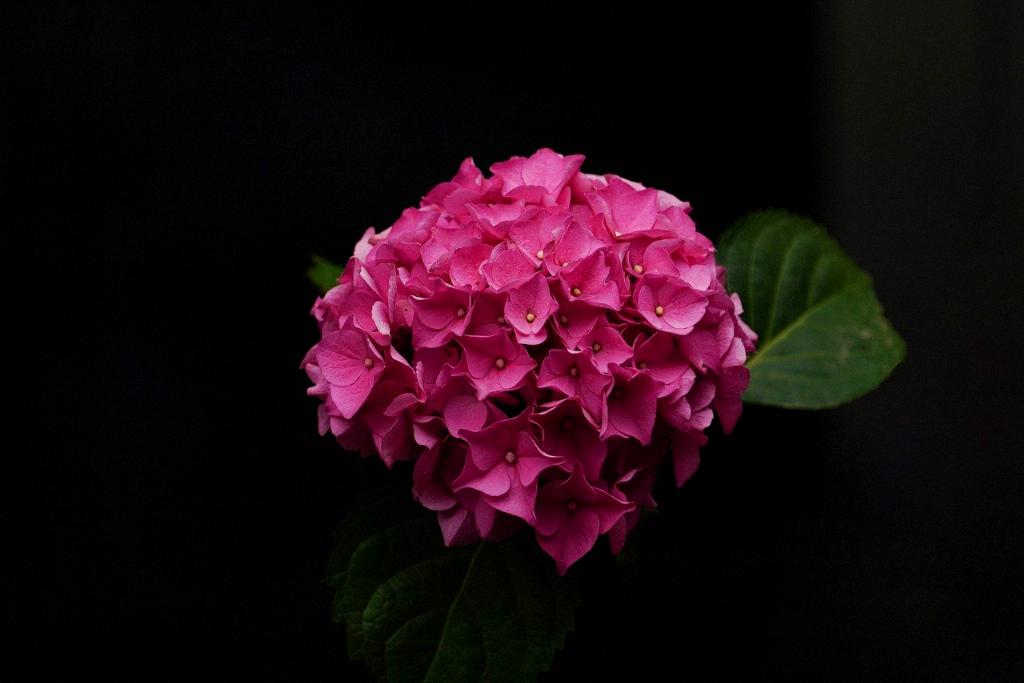Have you ever wondered how to preserve the beauty of hydrangea flowers even after they’ve bloomed? If so, you’re in luck! Drying hydrangeas is a simple and enjoyable process that allows you to enjoy these lovely blooms for months to come. In this comprehensive guide, we’ll walk you through the steps to dry hydrangea flowers successfully.
Step 1: Let Nature Work Its Magic
The first step in drying hydrangea flowers is to let them dry naturally on the plants. As the blooms mature, they will start to dry out on their own, signaling that they are ready to be harvested. To ensure optimal results, wait until the flowers feel papery to the touch before proceeding to the next step.
Step 2: Harvesting the Flowers
Once the hydrangea flowers have dried naturally on the plants, it’s time to harvest them. The ideal time to pick the blooms is on a cool morning when the flowers are at their freshest. Use sharp shears to snip the flowers, leaving a few inches of stem attached to each bloom.
Step 3: Preparing the Stems
After harvesting the hydrangea flowers, strip off any leaves from the stems. Next, place the stems in a jar filled with water. Make sure the water covers the stems about halfway to provide the blooms with hydration during the drying process.
Step 4: Finding the Perfect Drying Spot
Locate a cool and dry spot in your home where you can place the jar of hydrangea stems. Keep the jar away from direct sunlight or bright light, as this can cause the blooms to fade or deteriorate prematurely. Check the flowers periodically to monitor their progress.
Step 5: Patience is Key
Drying hydrangea flowers is a gradual process that requires patience. Allow the blooms to dry in the jar for several weeks, giving them sufficient time to fully dry out and retain their vibrant colors. Resist the temptation to rush the process, as this can affect the quality of the dried flowers.
Step 6: Test for Dryness
After a few weeks have passed, test the hydrangea flowers for dryness. Gently touch the petals to see if they feel crisp and papery. If the blooms still feel moist or soft, continue drying them in the jar until they reach the desired texture.
Step 7: Removing the Flowers from the Jar
Once the hydrangea flowers are completely dry, carefully remove them from the jar. Discard any remaining water and pat the stems dry with a paper towel to remove excess moisture. Handle the dried blooms with care to prevent them from breaking.
Step 8: Displaying Your Dried Hydrangeas
Now that your hydrangea flowers are dried and ready for display, consider creative ways to showcase their beauty. Arrange the dried blooms in a vase, create a dried flower bouquet, or use them in wreaths and other floral arrangements to add a touch of elegance to your home.
Step 9: Maintaining the Dried Flowers
To prolong the lifespan of your dried hydrangea flowers, keep them away from humidity, moisture, and direct sunlight. Dust the blooms occasionally with a soft brush to remove any debris and maintain their appearance. With proper care, your dried hydrangeas can last for several months or even years.
Step 10: Experiment with Different Techniques
Don’t be afraid to get creative with the drying process! Experiment with various drying techniques, such as air drying, silica gel drying, or glycerin preservation, to achieve different looks and textures with your hydrangea flowers. Explore different methods to find the one that best suits your preferences.
Step 11: Enjoying the Fruits of Your Labor
Take pride in the effort you’ve put into drying hydrangea flowers and enjoy the lasting beauty they bring to your home. Admire the unique colors and shapes of the dried blooms, and bask in the satisfaction of preserving a piece of nature’s beauty for months to come.
Step 12: Sharing Your Knowledge
Now that you’ve mastered the art of drying hydrangea flowers, why not share your newfound expertise with friends and family? Spread the joy of preserving flowers and inspire others to embark on their own drying adventures. Who knows, you might even start a trend in your community!

